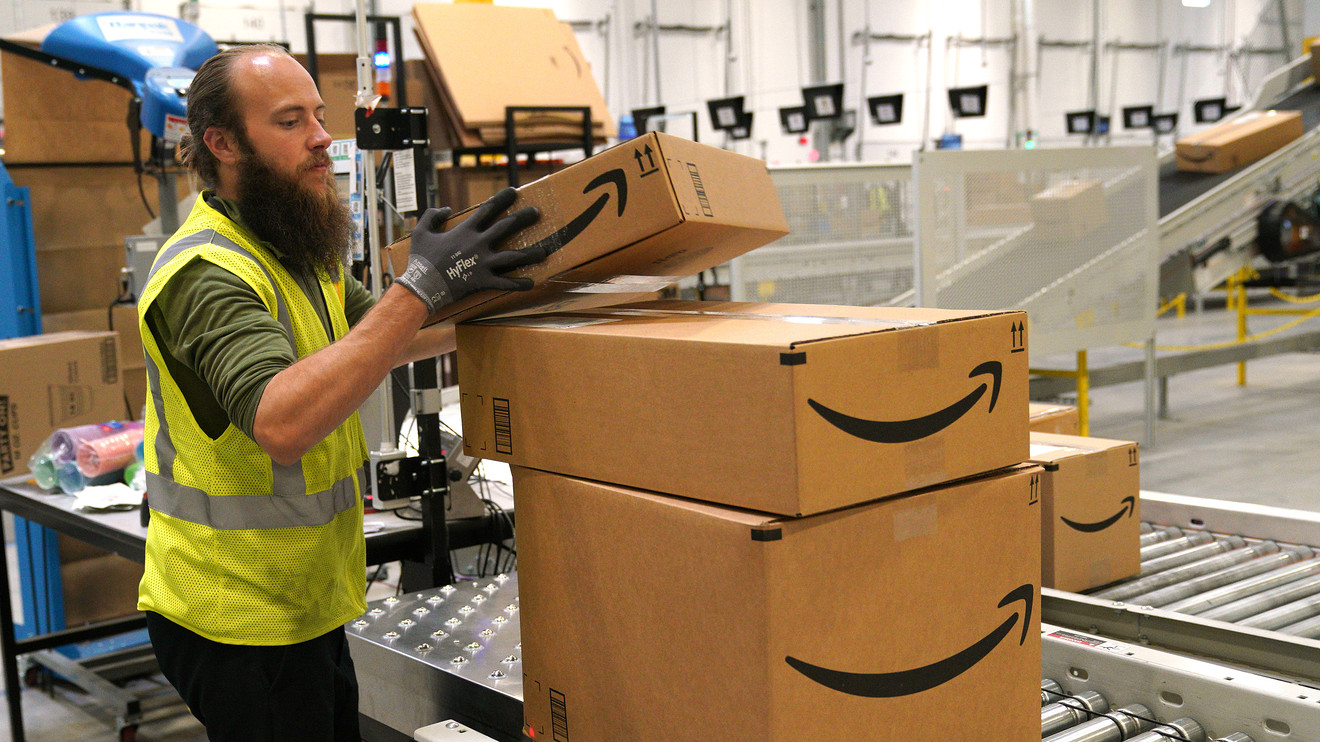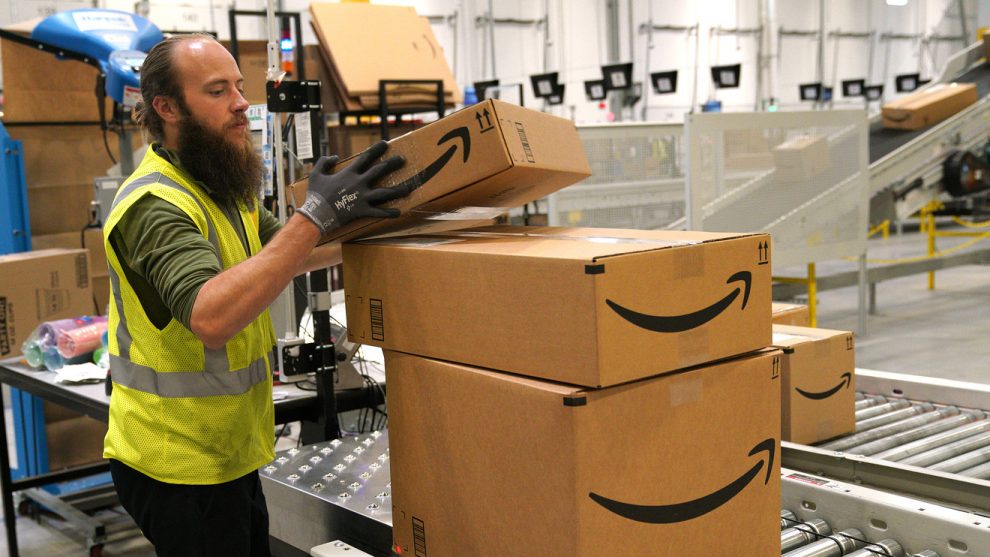
Amazon.com Inc.’s latest earnings show just how much it costs the company to reduce Prime shipping to one day, but analysts say the e-commerce giant is already reaping the benefits.
Amazon AMZN, -1.56% announced in April that it was cutting its two-day shipping for Prime members in half at a cost of $800 million in the second quarter.
Amazon’s Chief Financial Officer Brian Olsavsky said on the second-quarter earnings call late Thursday that the total spent actually exceeded that breathtaking prediction.
“We saw some additional transition costs in our warehouses,” he said, according to a FactSet transcript. “We also saw some costs for buying more inventory and moving inventory around in our network to have it be closer to the customers. And we’ve build that — not only that cost structure, but an accelerating cost penalty — into our Q3 guidance that was released with our earnings today.”
See: Amazon’s run of record earnings comes to an end, and the stock is falling
The amount spent is ticking up, but analysts say the rewards are as well. Amazon’s profits didn’t hit a record, but Neil Saunders, GlobalData Retail’s managing director, noted that product sales grew to $35.86 billion from $31.86 billion.
“Some of the growth has been driven by the move to one-day delivery for Prime,” he said in a note. “Our data show that this has been popular and Amazon has picked up some new Prime members as a result and has captured greater share of those shoppers seeing convenience or needing a product urgently.”
“In our view, neither of these constituencies is temporary, so Amazon has effectively succeeded in boosting its long-term share of the market,” he added.
Saunders thinks Amazon will offset the added shipping expense with greater automation through the delivery chain and more in-house fulfillment.
Still, competitors, like Walmart Inc. WMT, +0.71% and Target Corp. TGT, -1.03% have made strides in e-commerce, which is keeping Amazon on its toes and taking away core customers, Saunders said.
Read: Amazon’s move to one-day shipping shows the competition is catching up
“Although the company still has a clear advantage when it comes to having a wide range of low prices, it is less successful in delivering satisfaction for browsing or site engagement,” Saunders said. “This means that it performs less well in discretionary categories such as apparel. Over the medium-term, this is an area Amazon needs to focus on if it is to maintain and build its share.”
SunTrust Robinson Humphrey analysts “were pleasantly surprised” by the “immediate impact” of one-day shipping, and also think Amazon will adjust for cost efficiency over time.
They also see strength in other parts of the business. Amazon Web Services, its on-demand cloud platform, though it decelerated from the 40% growth streak to 37%, is still robust. And advertising is becoming a bigger money-maker. It’s reported as part of the “other” category in the earnings release, which was also up 37% year-over-year.
“Though management would not quantify the exact advertising growth rate, we believe that advertising is growing faster than the reported numbers,” analysts said. “Main areas of focus for the company currently include improving relevancy, international adoption, and video advertising, and we believe growth rates could accelerate with such a large opportunity ahead.”
SunTrust rates Amazon shares buy with a $2,200 price target, down from $2,250.
Don’t miss: 5 retail investments that are paying off big in the age of Amazon
“We support the company’s investments in faster shipping, AWS, advertising services and international, which we expect to persist over the next several quarters,” Stifel analysts wrote. “We believe one-day shipping will allow Amazon to widen the convenience gap versus peers.”
Analysts led by Scott Devitt note that revenue was driven by online sales, which experienced a 400-basis-point sequential acceleration. Stifel rates Amazon stock buy with a $2,300 price target.
Just as JPMorgan expected, the focus at Amazon has shifted back to revenue, but the acceleration and investment are bigger than analysts expected.
“[W]e believe investors will prefer the trade-off of profits for growth and we like how Amazon continues to raise the bar in online retail,” analysts said.
And: Analysts think VF Corp.’s latest addition to The North Face could be a major outerwear innovation
JPMorgan rates Amazon overweight and raised its price target to $2,300 from $2,200.
Amazon stock has rallied 29.4% for the year to date, while the S&P 500 index SPX, +0.74% is up nearly 20.7% for the period.








